I have 4 wires 10AWG stranded, that I need to connect to a PCB that I'm designing. They will be in a high vibration environment, so direct through hole soldering may not be the best solution.
I've thought about ferrules, but those are usually used with screw terminals, which are also not ideal for high vibration env. I've also thought about crimping the ferrule onto the wire and then soldering the ferrules to the PCB, but I can't find any information on that idea, good or bad.
What other options are there?





